HISTORY OF PASCO COUNTYBaker House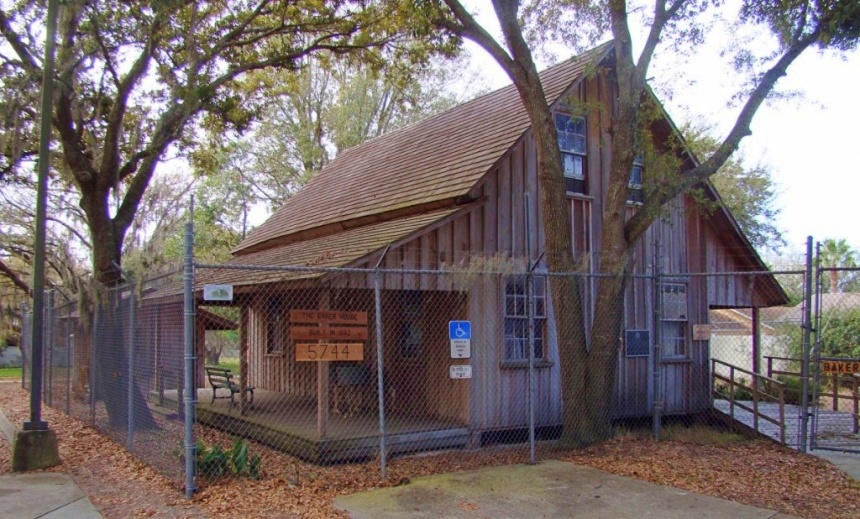 Several video clips pertaining to the Baker house are here. The Baker House, at 5744 Moog Road in Elfers, is the oldest cracker house in western Pasco County. It has been restored as a museum and is open to the public on usually the third Saturday of each month from October through May, from 9 a.m. to 1 p.m. Arrangements for group tours can be made by calling 727 868-2750 or 727 849-2131. You can also call Terry Sutsser, treasure of the Elfers Garden Club, which operates the Baker House, at 727 372-8834. The house is located adjacent to Centennial Park Library. Elfers is near Holiday and New Port Richey. Samuel Baker (1849-1898) was born in Florida on Dec. 6, 1849. He married Elizabeth Pinder (b. Bahamas, Jan. 30, 1849; d., Aug. 30, 1910) in Key West on April 9, 1866. They moved to Bailey’s Bluff in 1880 and established a grocery store there. On May 19, 1880, he bought 40 acres of land, for one dollar per acre, so that he could add a citrus grove to his already thriving sponge business based at nearby Bailey’s Bluff. In 1882 he built this home on the property. A photo below shows Mrs. Baker; no photo of Mr. Baker is known to exist. The method of joinery used at the Baker House is an amalgamation of “country carpentry” and the skills of a shipwright. The structural framing of the house form the first floor supports to the top wall plates are half-lapped and pegged. The walls are formed with vertically placed boards but joined, and the joints are covered with a molded batten on both the interior and exterior. The only studs in the walls are in the door and window openings. The wall boards are book matched beginnings at the center point of the end walls. The placement of all doors and windows is completely symmetrical. The support for the attic floor framing and the roof rafters (top of wall plates) is accomplished by securing the framing to the wall boards with nails installed from the exterior. Again, there are no wall studs to support the framing. The house has a central hall called a “dogtrot.” The kitchen of a cracker house was always a separate building. Since the original kitchen east of the house itself was torn down many years ago, it has been necessary to build a separate kitchen southwest of the house, approached by the west porch. The privy has also been replaced by one in the northwest corner of the yard. Samuel Baker died on Aug. 12, 1898. In 1910, the property was purchased by a Philadelphia banker named Gribbel. (In 1913 the Tampa Morning Tribune, in an article by Joe M. Knight, reported, “John Gribbel, the owner of the Saturday Evening Post, Ladies’ Home Journal, Country Gentleman, and the Philadelphia Ledger, and one of the finest men that ever lived, has bought the Baillie place and two or three other tracts of land here and is preparing to clear his land, cultivate it, and set it out in grove besides what he already has here. D. J. Collins, Mr. Gribbel’s partner, has also purchased numerous tracts of land, some groves, including the Hay place, and is also preparing to set out more trees.”) In 1937 the Baker house was purchased by Charles B. Anderson (died, 1943), who built a two-story house about 50 yards to the east, and the pair was known as the Anderson-Baker house. During the 1980s, the Pasco Board of County Commissioners bought the property from Anderson’s granddaughter and renamed the site Centennial Park. The Anderson house became the headquarters of the Pasco Fine Arts Council. In 1989 the St. Petersburg Times reported that the Baker House Restoration Project was organized to raise money to restore the house. The co-chairpersons were Mary C. Vinson and Ann Hildebrand. Others were Arlene Niles, secretary; Clara Baker, treasurer; Agnes Warnke, historian; Gordon Baker, Maxine Clayton, Louise Meichner, and Lillian Toll, directors. The restoration was directed by restoration architect John Parks, who was helped in his effort to establish the home’s original design by Ella Mae Hay Patterson, who visited frequently in the 1890s and could recall details about how the house was arranged. She recalled that the south room on the first floor was known as the library, where she would rush to read books whenever her parents brought her to visit. (Mrs. Patterson, then living in Tarpon Springs, died at age 102 on March 1, 1994. She was a school teacher for 49 years in the Pinellas County school system.) The dedication of the restored Baker house was held on Feb. 13, 1993. The Charles B. Anderson house was listed in the National Register of Historic Places on April 26, 1996. The Baker House was listed in the National Register of Historic Places on Feb. 14, 1997. A Yahoo Group for the Baker family was created in 2008. If you believe you are connected to the family, you can send an email to ask to join the group to [email protected] You can also send email there to request more information about the family. Here are photos of the Baker house. The bottom photos show the restoration of the building. 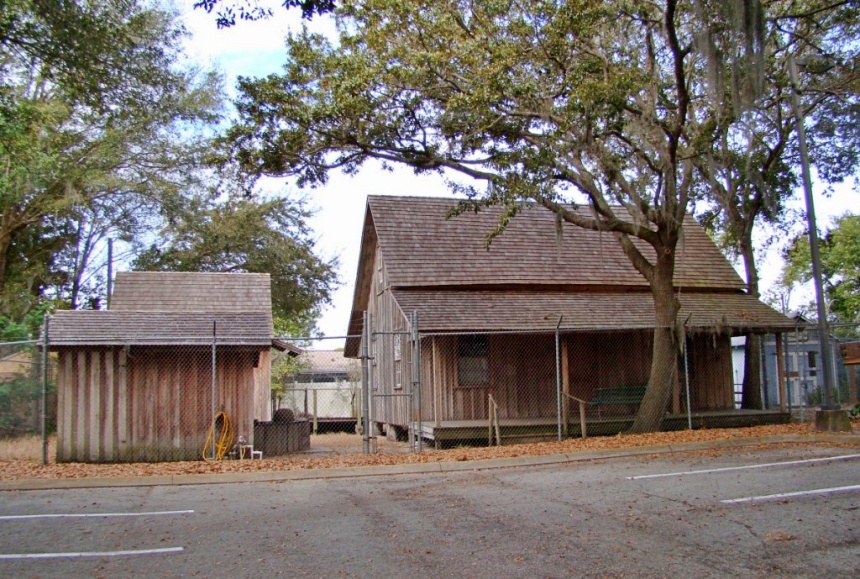 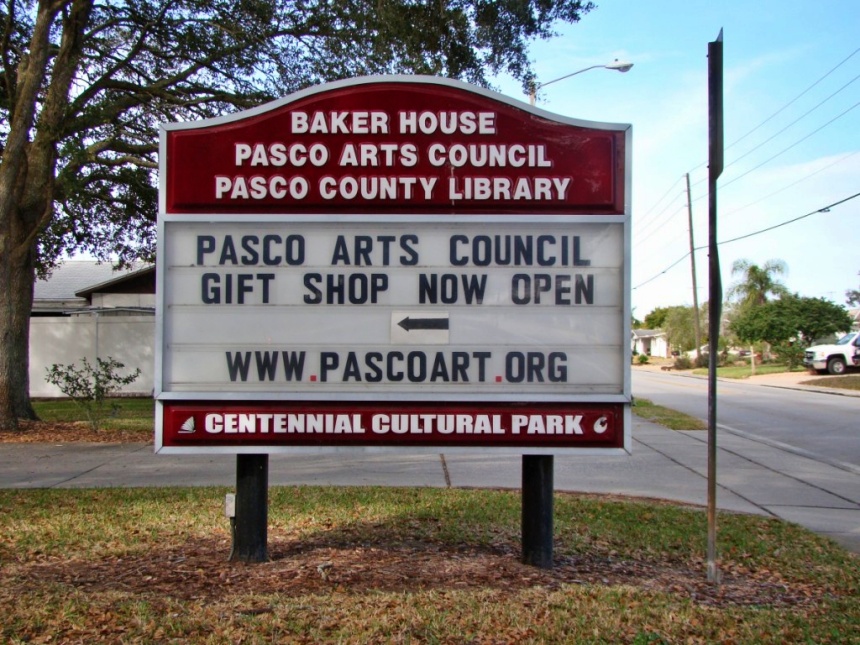  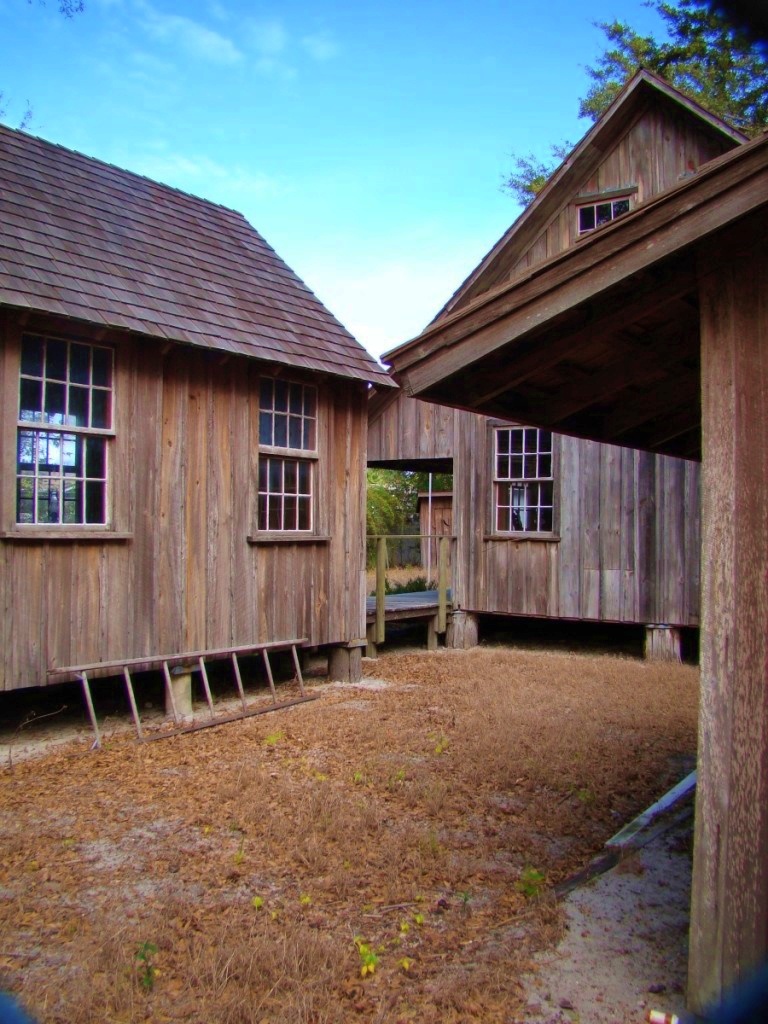 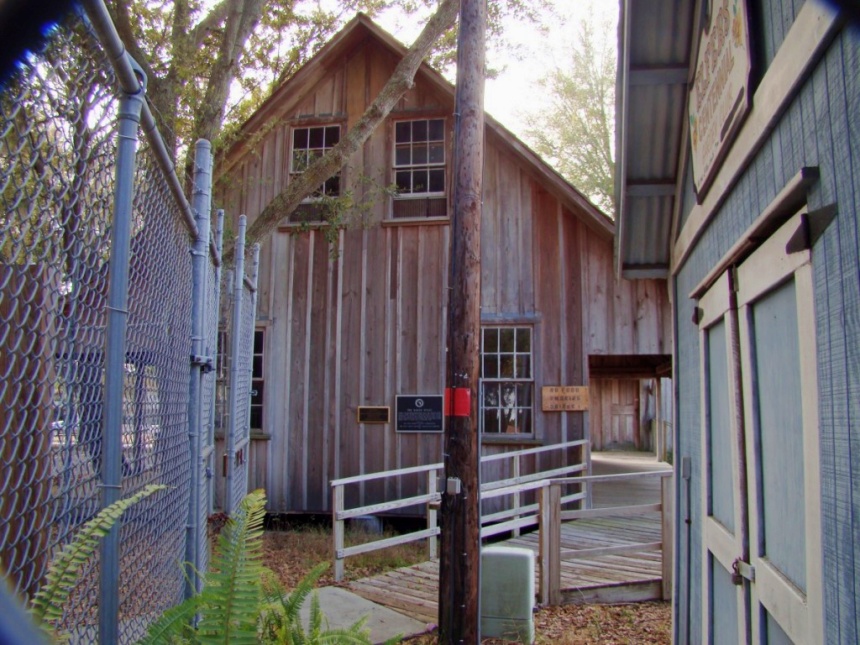 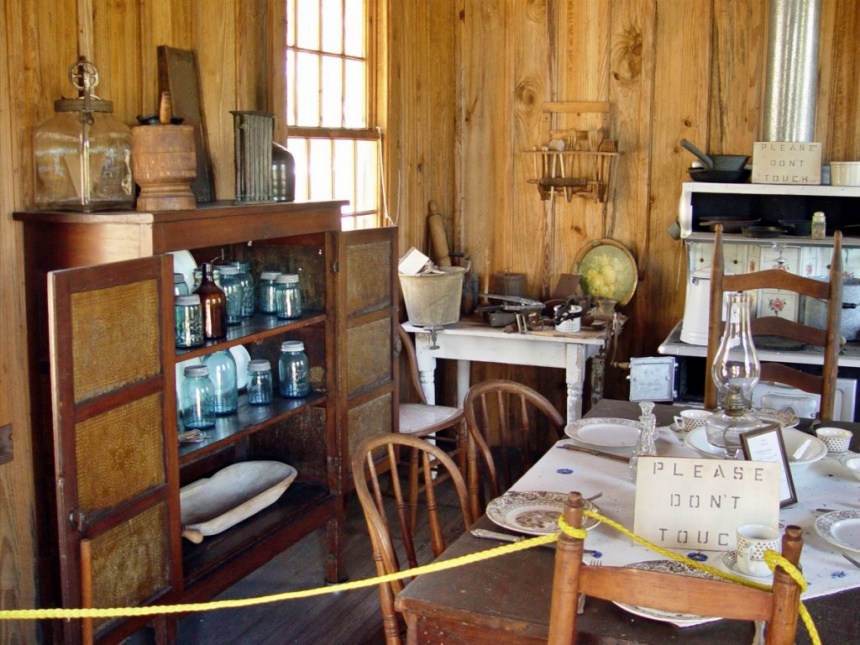 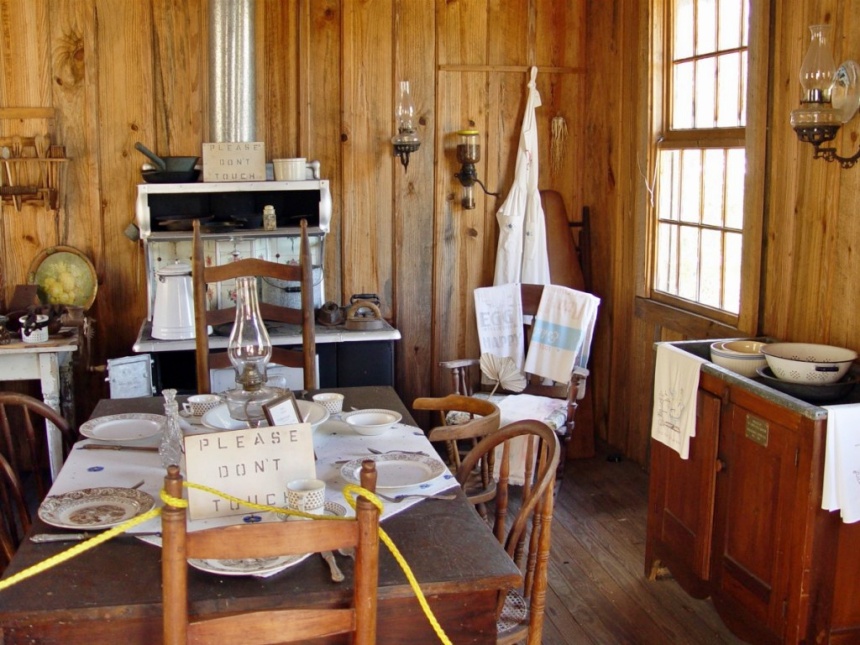 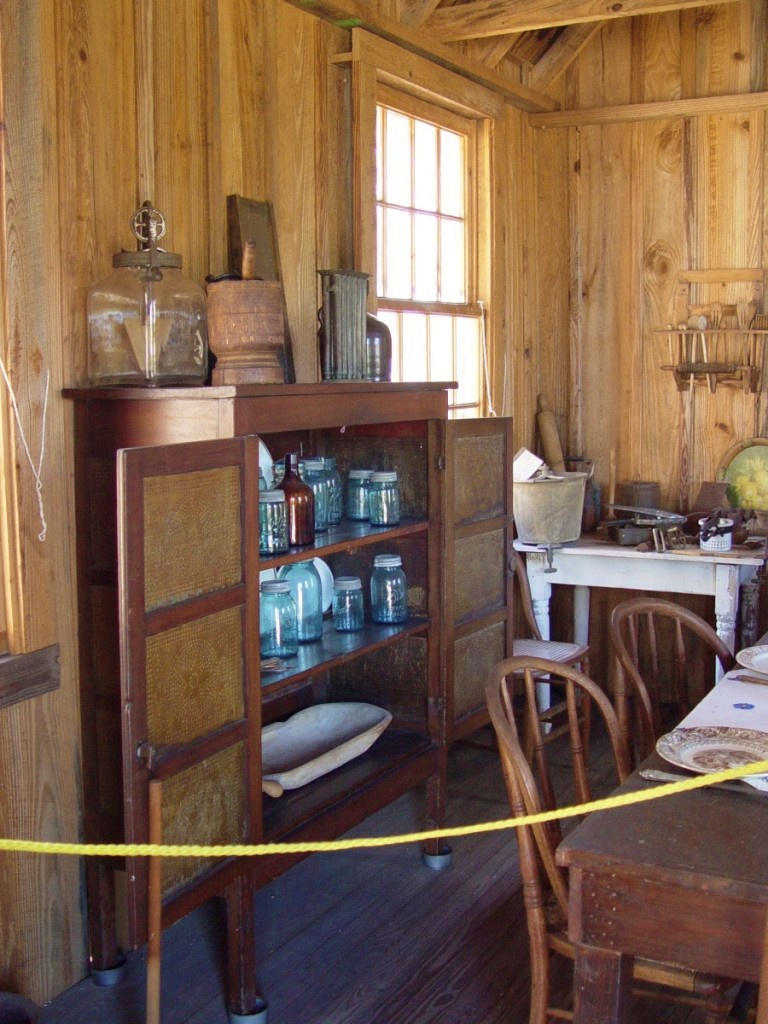 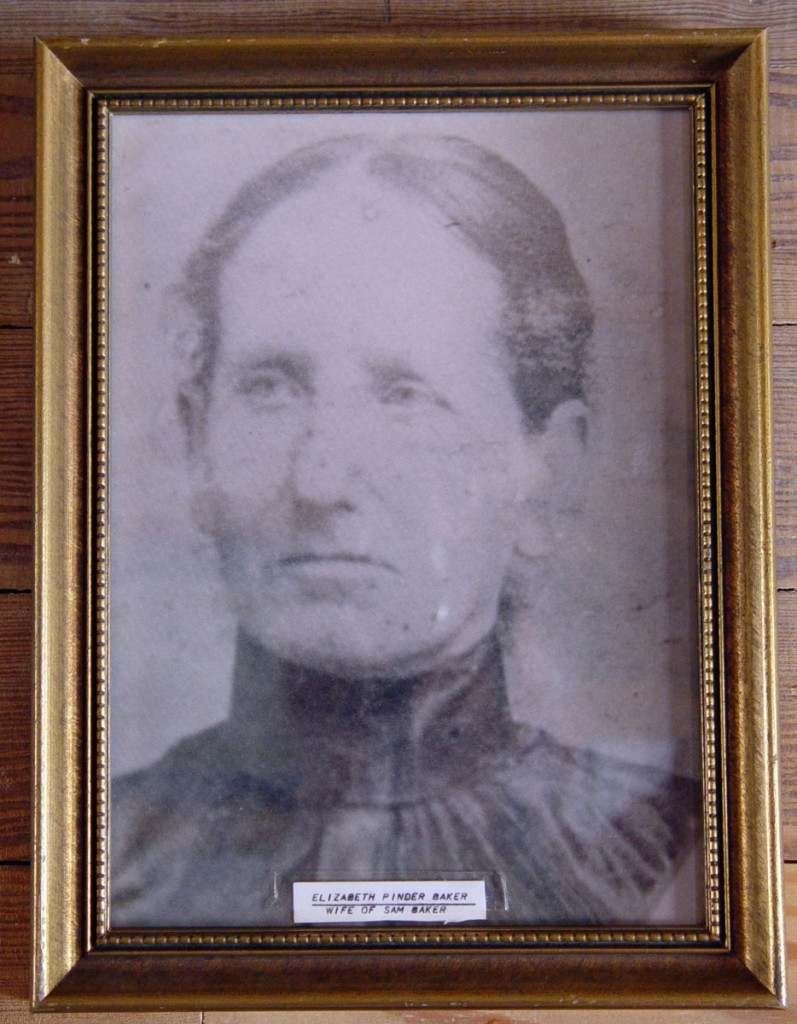 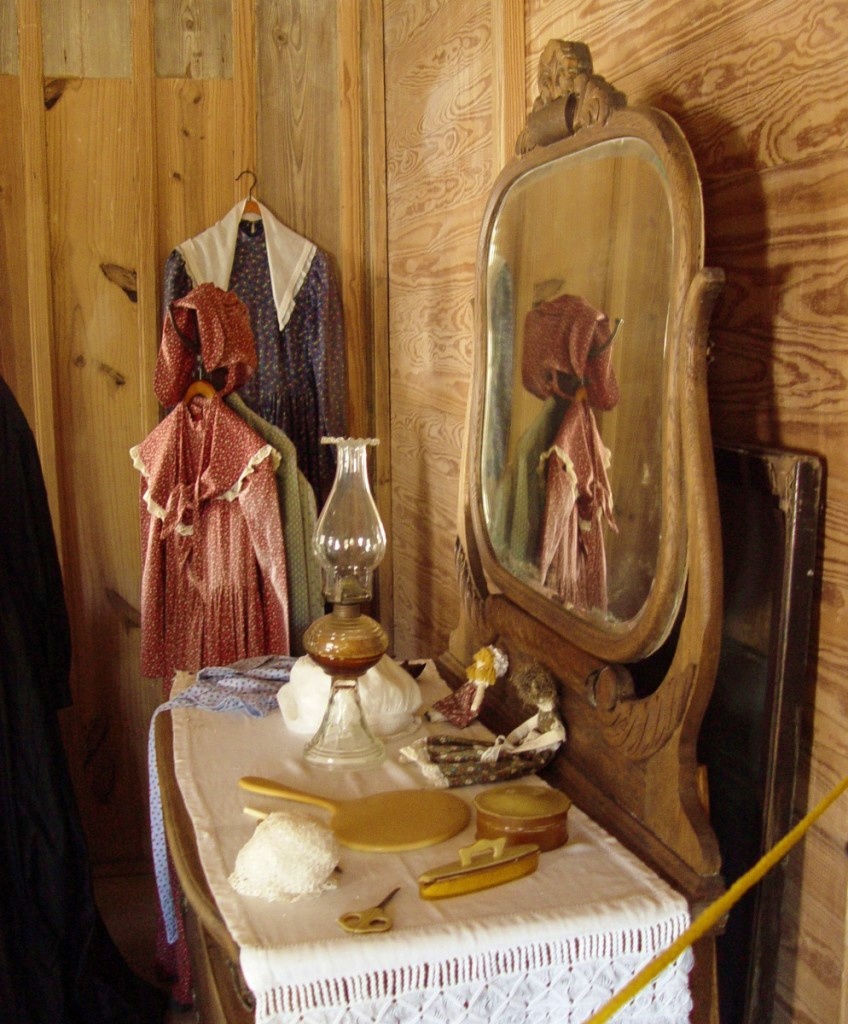 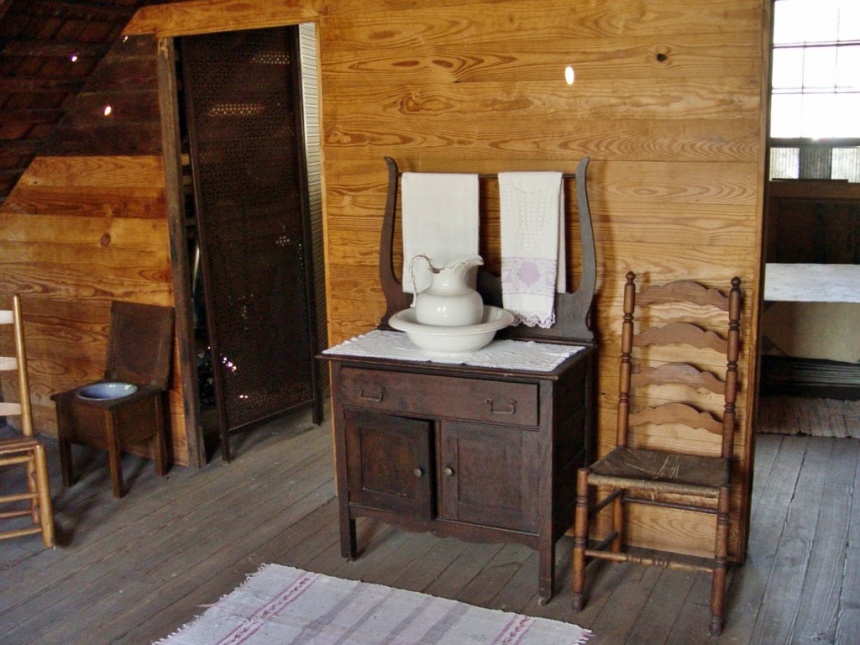 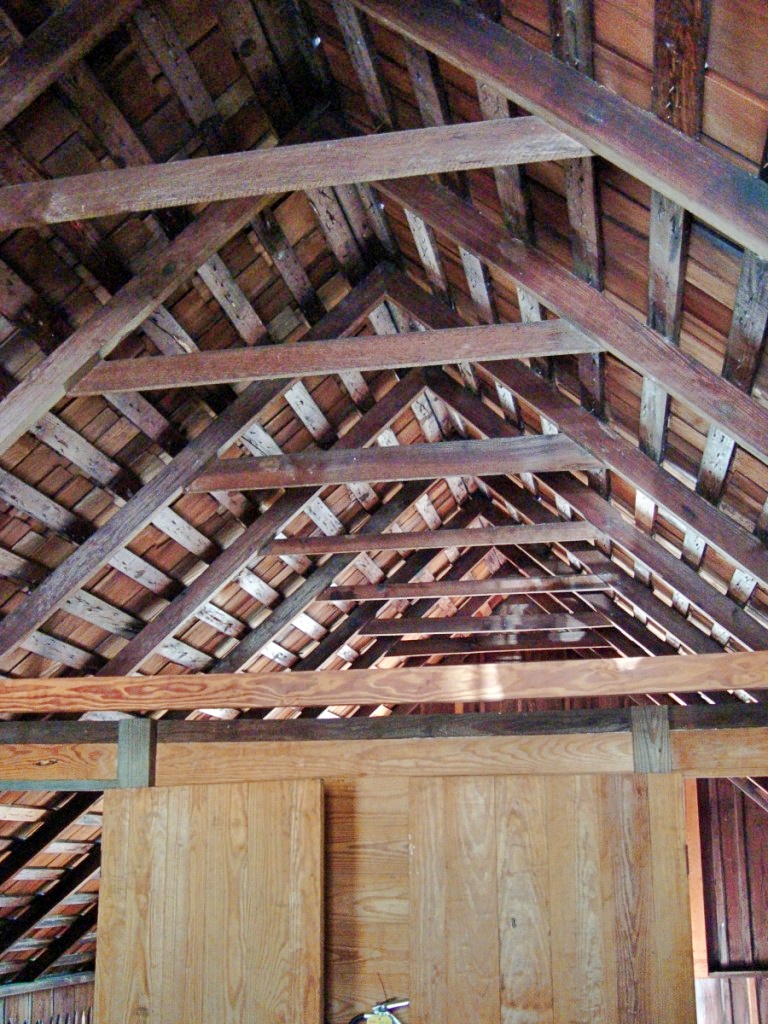 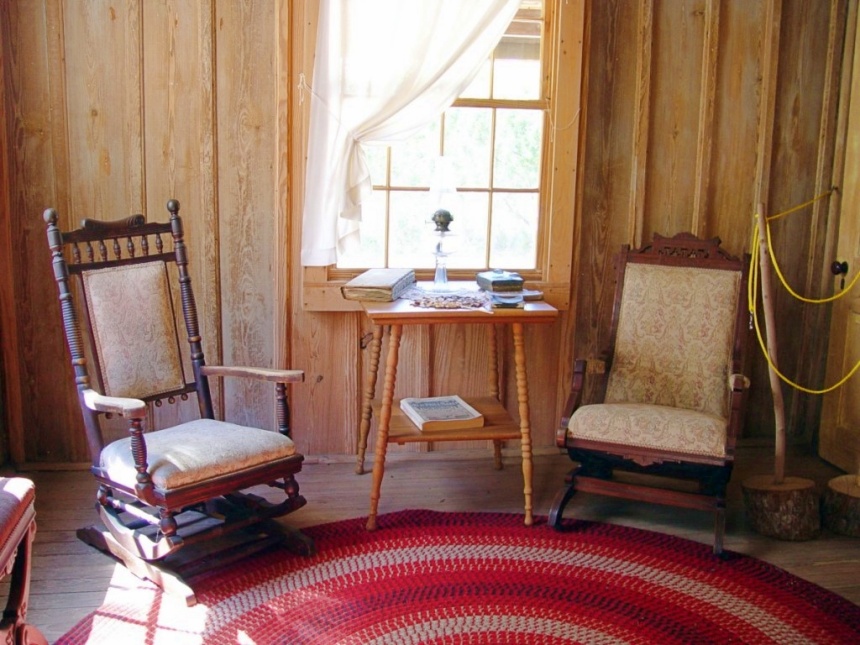 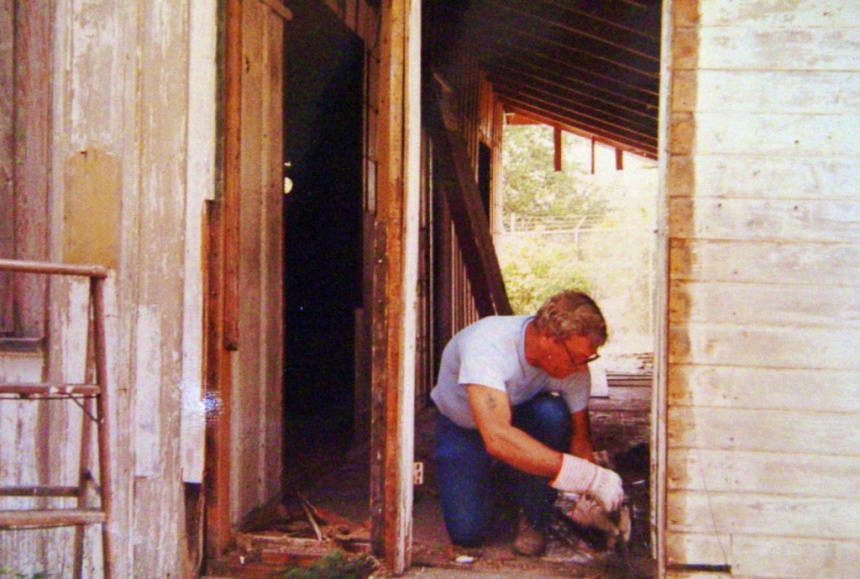 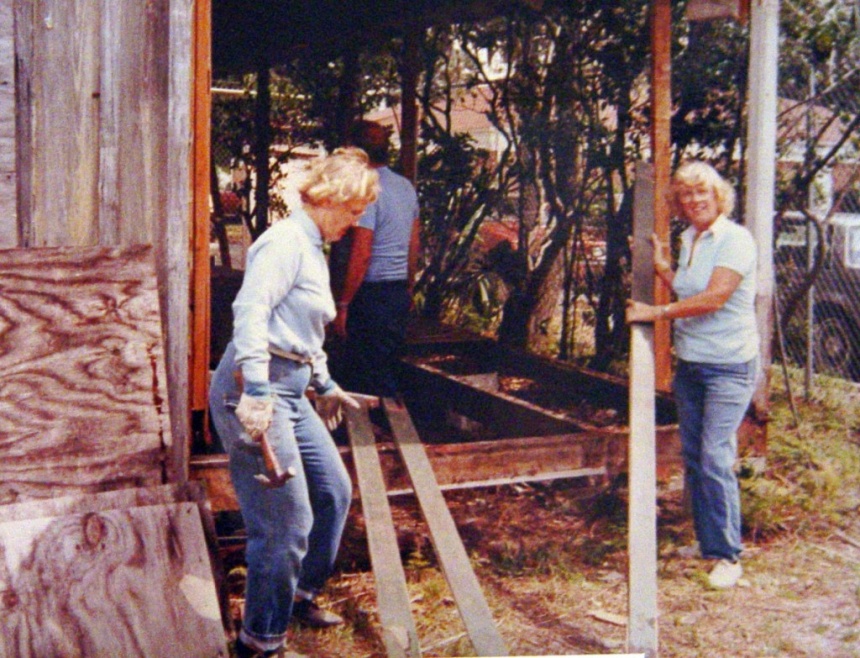 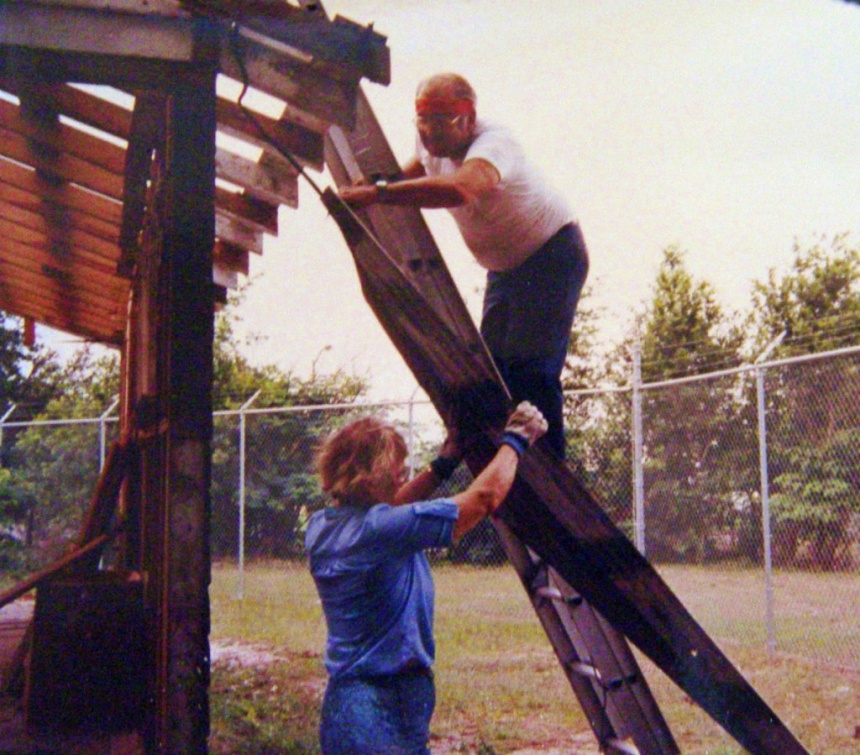 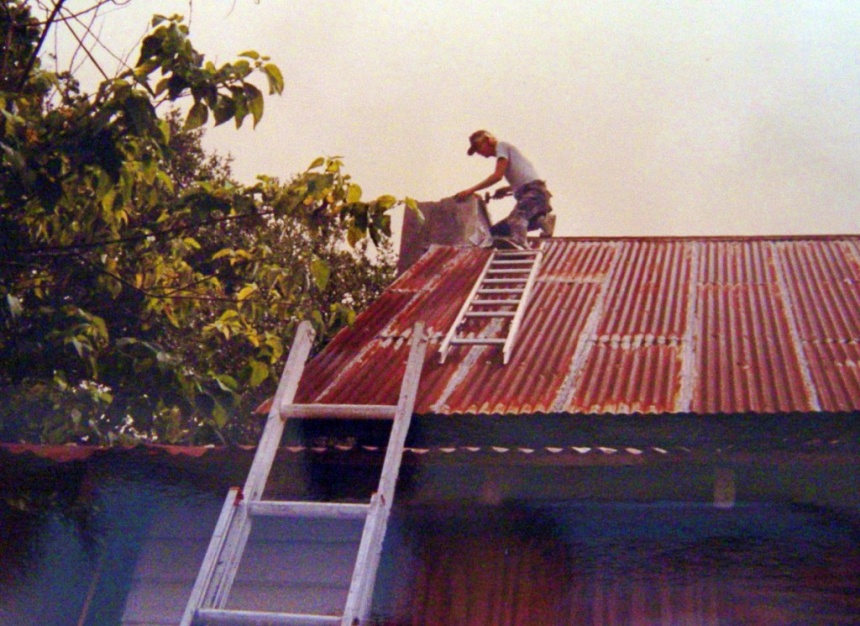 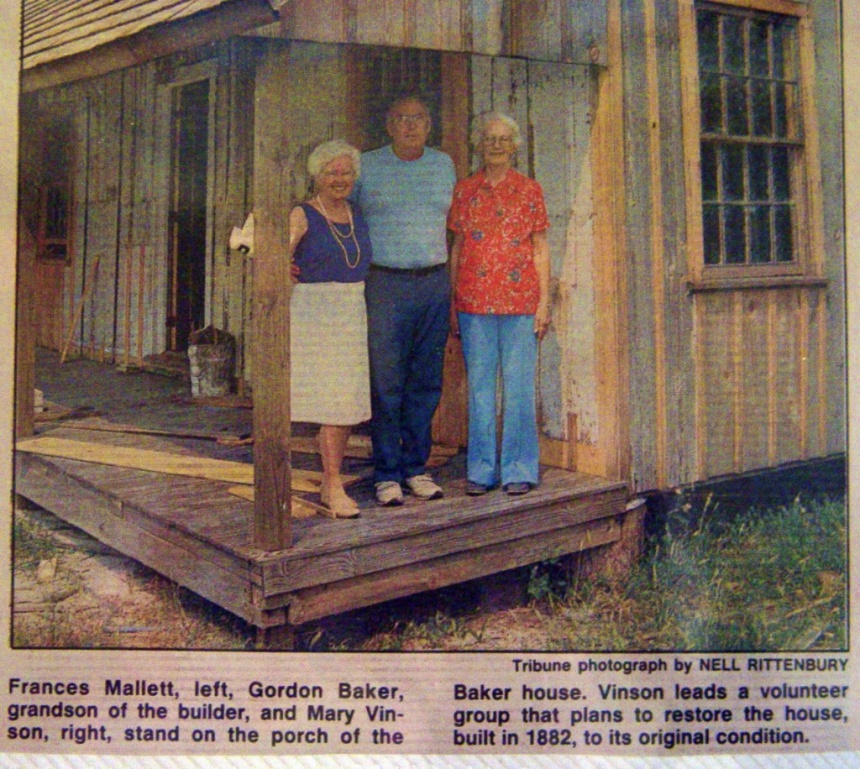 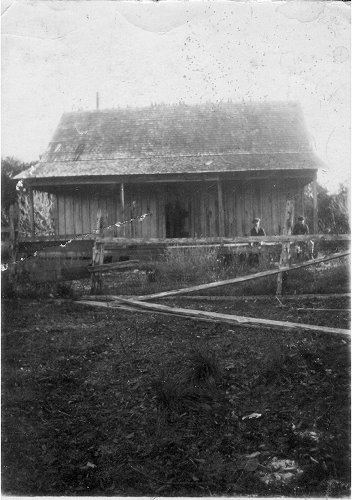 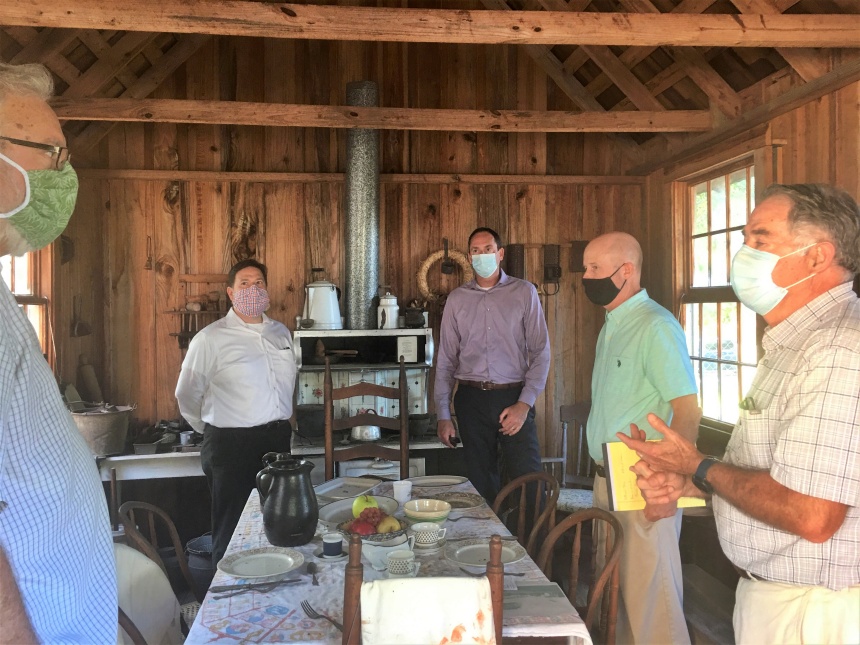 |
